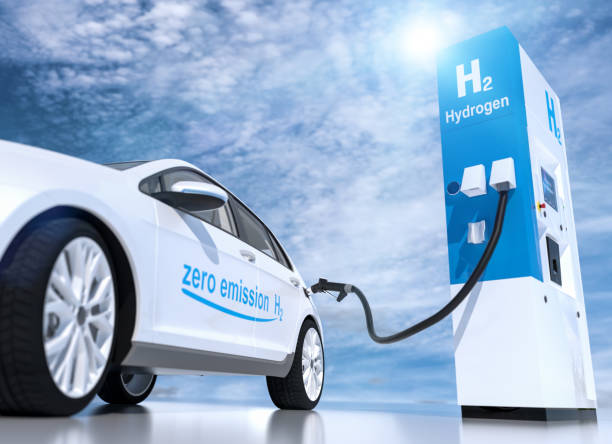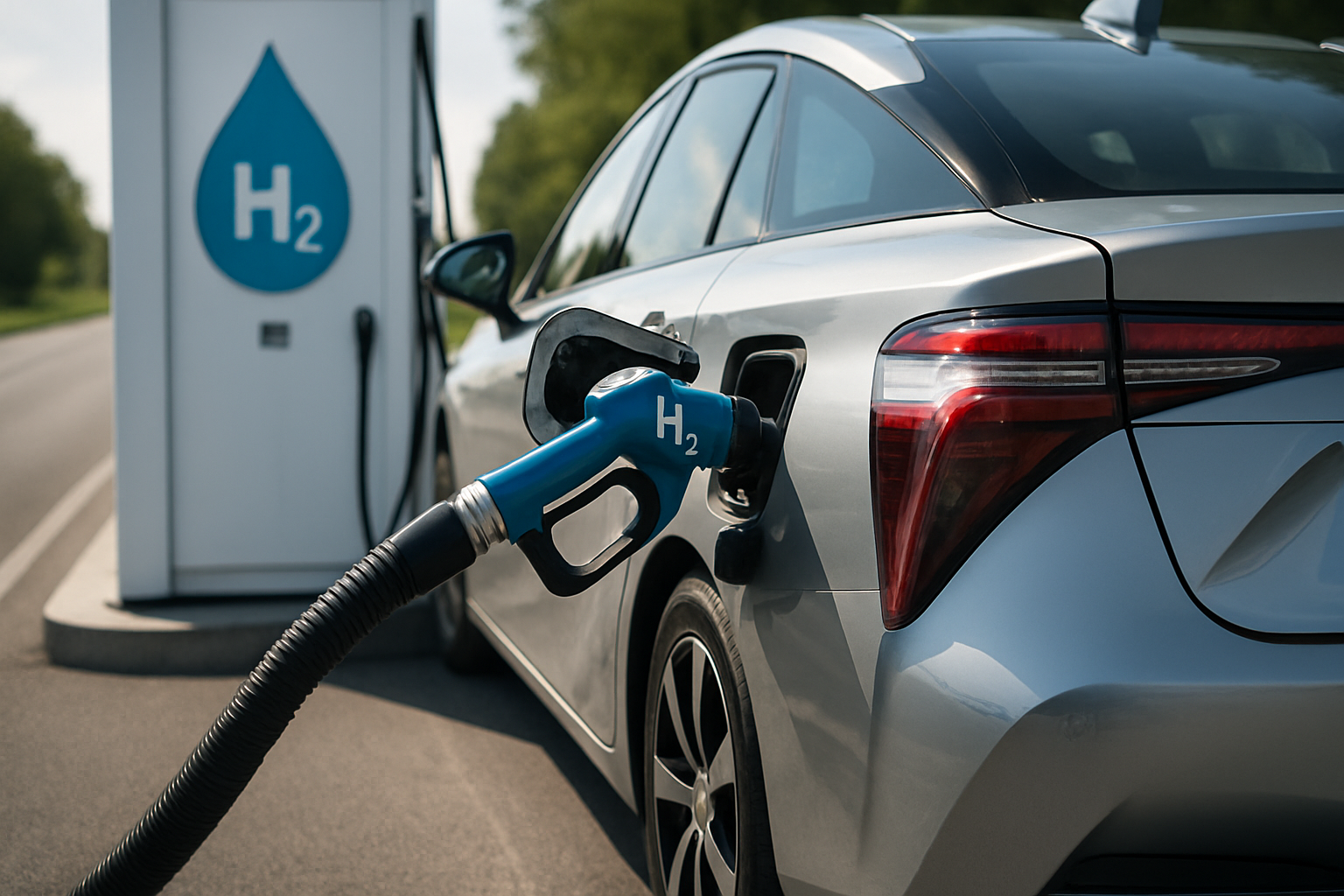Hydrogen-Powered Cars: The Next Frontier in Clean Mobility
In the ever-evolving landscape of automotive technology, hydrogen-powered vehicles are emerging as a promising contender for sustainable transportation. This cutting-edge technology harnesses the power of the most abundant element in the universe to propel vehicles with zero emissions, offering a tantalizing glimpse into a cleaner, greener future. But how exactly do these vehicles work, and what challenges lie ahead in their widespread adoption?

The fuel cell stack consists of multiple layers, each playing a crucial role in the energy conversion process. Hydrogen gas enters one side of the cell, while oxygen from the air enters the other. A catalyst, typically made of platinum, facilitates the separation of hydrogen molecules into protons and electrons. The protons pass through a special membrane, while the electrons are forced to travel through an external circuit, creating an electric current that powers the vehicle’s motor.
Fueling Infrastructure: The Missing Link
Despite the promising technology, one of the biggest hurdles facing hydrogen-powered cars is the lack of a comprehensive fueling infrastructure. Unlike traditional gasoline stations, hydrogen fueling stations are few and far between, limiting the practicality of these vehicles for long-distance travel.
However, efforts are underway to expand the network of hydrogen fueling stations. Countries like Japan and Germany are leading the charge, investing heavily in hydrogen infrastructure. In the United States, California has been at the forefront, with plans to have 200 hydrogen stations operational by 2025. As the infrastructure grows, so too does the viability of hydrogen-powered vehicles as a mainstream transportation option.
Performance and Range: Dispelling Myths
Contrary to common misconceptions, hydrogen-powered cars offer performance comparable to their gasoline counterparts. In fact, the instant torque provided by electric motors, coupled with the quick refueling times of hydrogen tanks, offers a driving experience that combines the best of both worlds.
Range is another area where hydrogen vehicles shine. While battery electric vehicles often struggle with range anxiety, hydrogen cars can typically travel 300-400 miles on a single tank, rivaling traditional gasoline vehicles. Refueling takes only a few minutes, providing a convenience factor that’s hard to match with current battery technology.
Safety Concerns: Addressing the Elephant in the Room
When it comes to hydrogen, safety is often a top concern. The infamous Hindenburg disaster has left a lasting impression on public perception. However, modern hydrogen storage systems are engineered with multiple layers of safety features.
Hydrogen tanks in vehicles are designed to withstand extreme conditions, including high-speed collisions and even gunfire. The tanks are typically made of carbon fiber-reinforced polymer, capable of withstanding pressures up to 10,000 psi. In the unlikely event of a leak, hydrogen’s natural properties work in its favor – being the lightest element, it quickly dissipates into the air, reducing the risk of fire or explosion.
Environmental Impact: Beyond Tailpipe Emissions
While hydrogen-powered cars produce zero emissions during operation, it’s crucial to consider the entire lifecycle of hydrogen production. Currently, most hydrogen is produced through steam methane reforming, a process that still relies on fossil fuels and produces carbon dioxide as a byproduct.
However, the future of hydrogen production looks much greener. Electrolysis powered by renewable energy sources like wind and solar offers a path to truly clean hydrogen. This “green hydrogen” has the potential to revolutionize not just transportation, but entire industries, from steel production to power generation.
The Road Ahead: Challenges and Opportunities
As with any emerging technology, hydrogen-powered cars face several challenges on the path to widespread adoption. Cost remains a significant barrier, with both the vehicles and the fuel itself currently more expensive than conventional options. However, as production scales up and technology improves, these costs are expected to decrease significantly.
Another challenge lies in the efficiency of the overall hydrogen cycle. The process of producing hydrogen, compressing it for storage, transporting it to fueling stations, and then converting it back to electricity in the vehicle is less efficient than directly using electricity in battery-powered cars. This efficiency gap narrows when considering long-distance and heavy-duty applications, where hydrogen’s quick refueling and high energy density offer distinct advantages.
Despite these challenges, the potential of hydrogen-powered vehicles is immense. They offer a compelling solution for decarbonizing sectors that are difficult to electrify, such as long-haul trucking and public transportation. Moreover, the ability to store and transport hydrogen opens up new possibilities for energy storage and grid balancing, potentially accelerating the transition to renewable energy.
As we stand on the cusp of a transportation revolution, hydrogen-powered cars represent more than just an alternative fuel source – they embody a vision of a cleaner, more sustainable future. While challenges remain, the steady march of technological progress and growing environmental awareness are paving the way for hydrogen to play a significant role in the automotive landscape of tomorrow.





